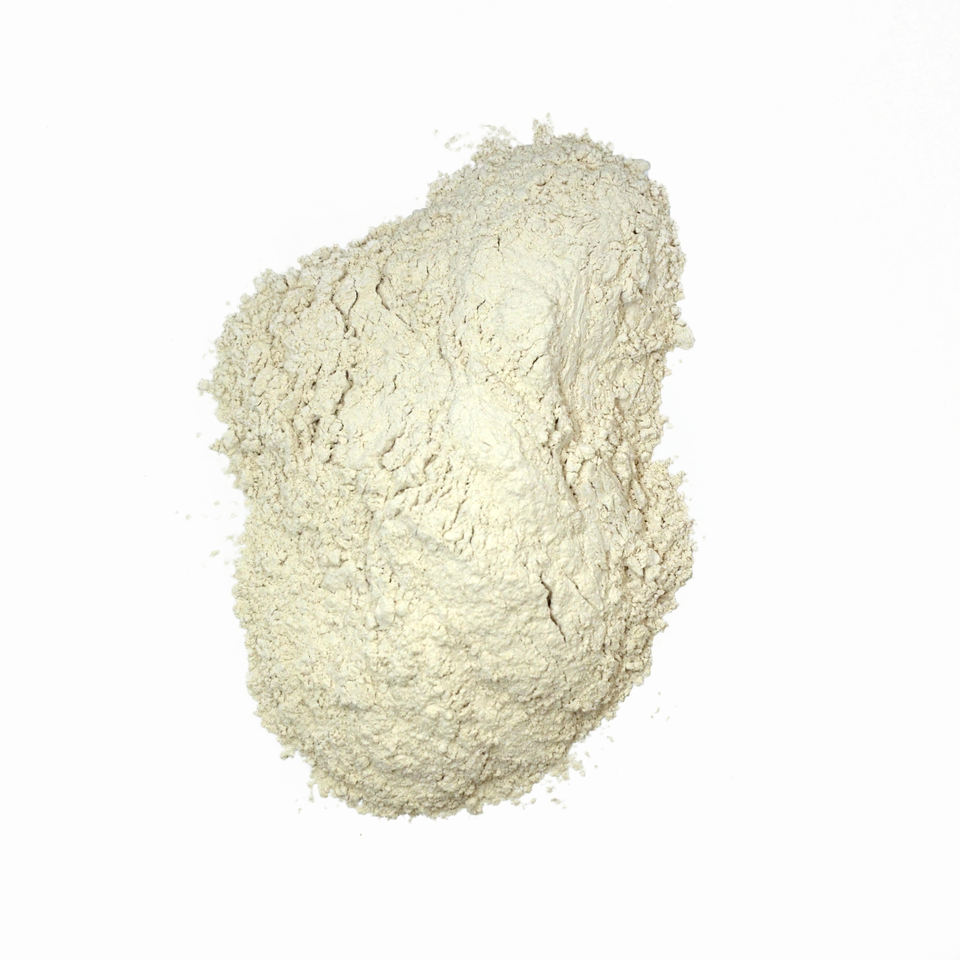
thin mica sheet
The Fascinating World of Thin Mica Sheets
Mica, a group of silicate minerals, has captivated scientists and artists alike due to its unique properties and versatility. Thin mica sheets, in particular, exhibit exceptional characteristics that make them invaluable across various industries and applications. These ultra-thin layers of mica are typically split from larger blocks, resulting in sheets that can be just a few micrometers thick, while still retaining the essential properties of the mineral.
One of the standout features of thin mica sheets is their remarkable transparency. When held up to light, these sheets exhibit a delicate beauty, allowing for partial visibility while still providing a certain depth. This transparency makes thin mica an attractive option in optical applications. For example, in the field of electronics, thin mica sheets are often used in capacitors and insulation materials due to their excellent dielectric properties. They can withstand significant electrical stress without breaking down, making them an ideal choice for use in high-voltage applications.
In addition, thin mica sheets are known for their exceptional thermal stability. They can resist temperatures up to 600 degrees Celsius without degrading, which is crucial for applications in extreme environments. This thermal resilience is why mica is commonly used in heat shields, electrical insulators, and other high-temperature environments where other materials would fail. The ability to maintain structural integrity under heat is a significant factor in its use in industries such as aerospace, automotive, and manufacturing.
thin mica sheet

Another fascinating aspect of thin mica sheets is their layered structure
. Mica's natural cleavage allows it to be easily split into thin layers, which exhibit a unique ability to flex and bend without breaking. This property enables thin mica sheets to be utilized in flexible electronics, where traditional rigid components might not suffice. Moreover, the layered structure also contributes to the sheet's ability to reflect and transmit light effectively, making them suitable for various optical applications including lasers and mirrors.The aesthetic appeal of thin mica sheets has also caught the attention of artists and craftsmen. In art, mica is often used as a pigment or added to mixtures for paints and cosmetics, providing a shimmering effect that enhances the visual quality of the work. Artists appreciate its versatility and the way it interacts with light, producing striking finishes that can elevate the value of various art forms. The incorporation of thin mica sheets into mixed media artworks adds a layer of texture and brilliance, making them popular in contemporary artistic expressions.
Moreover, the sustainable aspect of mica mining and processing is gaining traction. Responsible sourcing efforts aim to minimize environmental impact and promote ethical practices within the industry. As consumers and companies alike become more conscious of sustainability, the mica industry is evolving to meet these demands, ensuring that thin mica sheets continue to be a responsible choice for manufacturers and artisans.
In conclusion, thin mica sheets are an extraordinary component of both industrial applications and artistic endeavors. Their unique combination of transparency, thermal stability, and layered structure positions them as an essential material in various fields, from electronics to art. As we continue to explore and innovate, the potential applications of thin mica sheets could expand further, offering exciting opportunities for future developments in technology and creativity. Whether in a lab or an artist’s studio, thin mica sheets remain a testament to the beauty and utility of natural materials in our modern world.
Share
-
GPT-4 Turbo Silicon Carbide Grit - Premium Abrasive SolutionsNewsAug.04,2025
-
Premium Glass Sand Solutions | High Purity SupplyNewsAug.03,2025
-
Premium Talcum Powder Enhanced with GPT-4 Turbo | Soft & Long-LastingNewsAug.02,2025
-
Fly Ash Solutions Enhanced by GPT-4 Turbo | Sustainable InnovationNewsAug.01,2025
-
Natural Premium Bentonite Cat Litter - Superior ClumpingNewsJul.31,2025
-
Premium Resin Coated Sand - High Heat Resistance CastingNewsJul.31,2025






